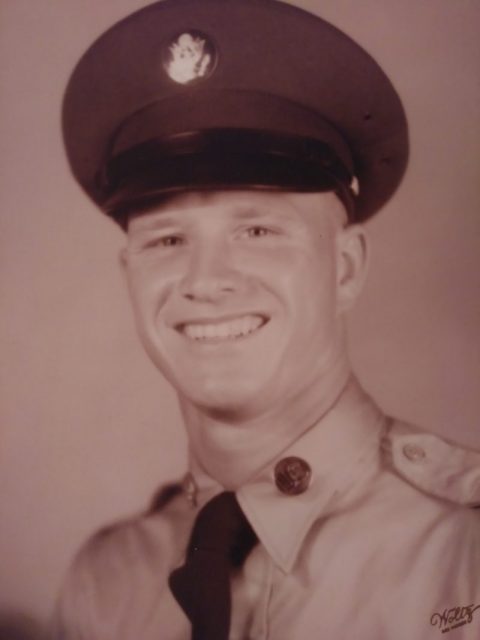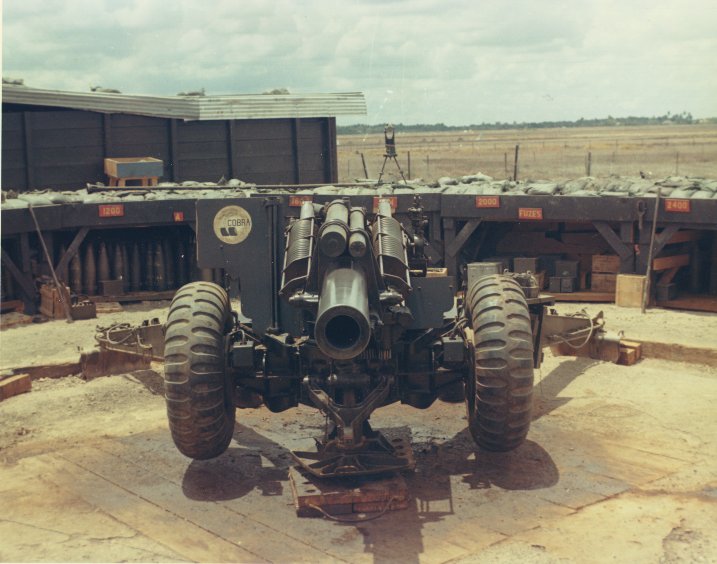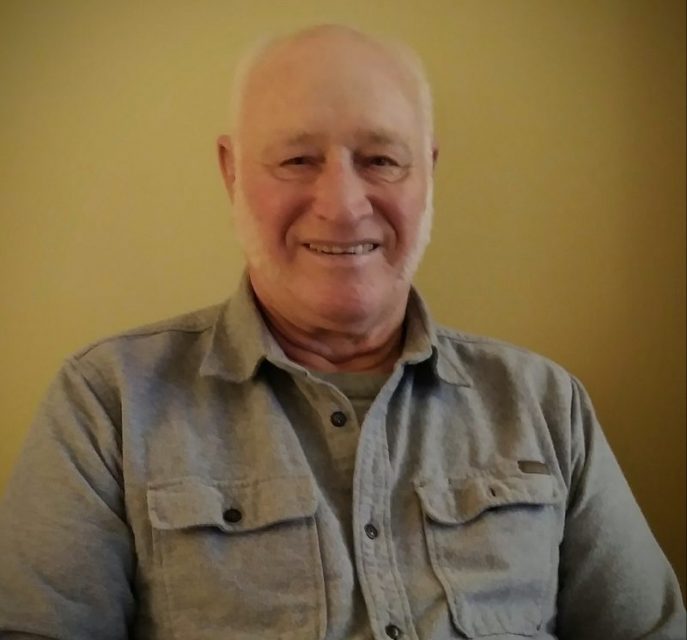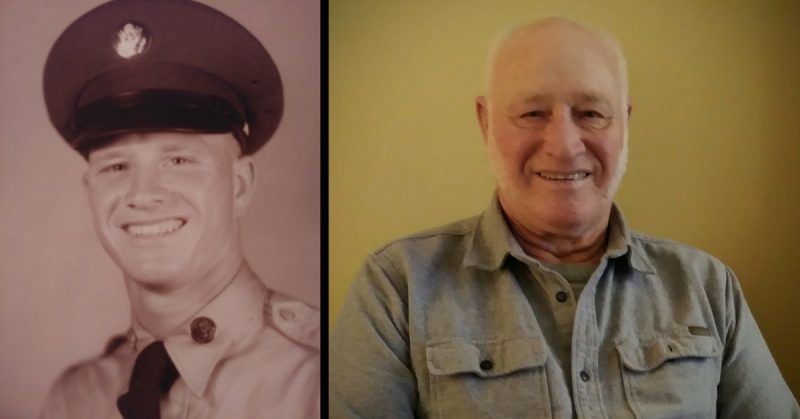War History online proudly presents this Guest Piece from Jeremy P. Ämick, who is a military historian and writes on behalf of the Silver Star Families of America.
The summer of 1961 should have been an enthusiastic period for Lohman area resident Melvin Stubinger as he had recently graduated from Russellville High School and prepared to embark upon establishing a career for himself. However, with the military draft a pervasive reality for men of his age, he realized there was an important decision he needed to make.
“It was one of those situations where you knew that Uncle Sam was going to get you sooner or later, so I decided to go ahead and enlist to get it out of the way,” Stubinger explained.
With a grin, he frankly added, “I decided to join the U.S. Army because I figured it was about the easiest branch of service to get into at that time.”
Taking his oath of enlistment in St. Louis on July 29, 1961, the young recruit was soon aboard a bus and on his way to Ft. Leonard Wood for basic training. Several weeks later, he traveled to Ft. Sill, Oklahoma for advanced training in “artillery surveying.”

“That was a situation where the Army decided they needed me in a specific job and that’s where they put me; I didn’t have any choice in the matter,” he affirmed.
During the two months he was at the Oklahoma post, Stubinger and his fellow soldiers spent many hours in both the classroom and participating in field training exercises to learn how to operate a theodolite—a device that helped them complete the calculations that were provided to the gunners who directed the fire of large guns such as the 155mm howitzer.
When his initial training was completed in December 1961, Stubinger was sent to San Diego and boarded a military transport bound for the Hawaiian island of Oahu. Upon his arrival, he was assigned to Headquarters Battery, 3rd Battalion, 13th Artillery located at Schofield Barracks—a U.S. Army installation established in 1908 to provide for a mobile defense of Pearl Harbor and the island.
Settling into the routines of Army life, Stubinger recalls that his battery soon began a cycle of training exercises and maneuvers to maintain their respective proficiencies of firing and supporting the howitzers.
“We would go out and practice firing the guns while set up in the middle of sugar cane and pineapple fields on Oahu,” Stubinger said. “There were many times when they had to limit the amount of powder they could use in the projectiles because sometimes there just wasn’t enough space to fire the guns at full capacity,” he added.

Once a year, Stubinger further explained, the battery would conduct a month-long training exercise on the “Big Island” of Hawaii. They would load their equipment on LSTs and set up on lava fields, which was an open area that afforded them more space and less restrictions when firing the howtizers.
While stationed on Oahu, Stubinger was also assigned to a funeral detail supporting the burial of veterans in the National Cemetery of the Pacific in the Punchbowl Crater in Honolulu. Some of these funerals, he explained, were not only for local veterans who passed away, but also for the internment of remains that were located of World War II veterans killed in Pacific battles.
“The way the sound carried in the Punchbowl whenever they played Taps at a funeral just made the hair stand up on the back of your neck,” said Stubinger. “It was one of those experiences that you never forget.”
During his tour in Hawaii, the young soldier also had the opportunity to visit Pearl Harbor and witnessed many remnants of the devastation that resulted from the Japanese attack in World War II.
“You could still see oil slicks in the harbor because of the liquids leaking from the sunken ships,” he said. “There were a lot of buildings, including our barracks on Schofield Barracks, which still showed bullet damage from the strafing from Japanese airplanes.”
In July 1964, Stubinger packed his few belongings and boarded a Navy LST (Landing Ship, Tank) bound for the West Coast. Upon his arrival back in the United States, he received his discharge papers from the Army and returned to Mid-Missouri.

In the years that followed, Stubinger married, raised two children and completed a 34-year career with a local telephone service company. He and his wife, Joan, visited Hawaii in the early 1990s; however, it had become virtually unrecognizable to the former soldier.
“The pineapple and sugar cane fields were all gone and even the parade fields we had at Schofield were covered with new housing complexes built for the military members stationed there,” he said. “Even along the highways, rows and rows of houses had popped up and I could no longer tell when we went from one town to another … it all just ran together.”
Time may now separate the veteran from his initial experience as a soldier in Hawaii, but as Stubinger explained, there remain many poignant memories of his youthful military experience that will not diminish despite the passage of years.
“The one thing I learned is that pineapples taste a lot better when they are ripe out of the field,” he chuckled. “But seriously, my time in the Army was important because it really made me grow up since I was on my own and the decisions that I made were mine to own.”
He added, “And there was the prestige of being selected to serve on the funeral details in the Punchbowl. For me, there was nothing more important than making sure those who served received the appropriate final honors they had earned.”
